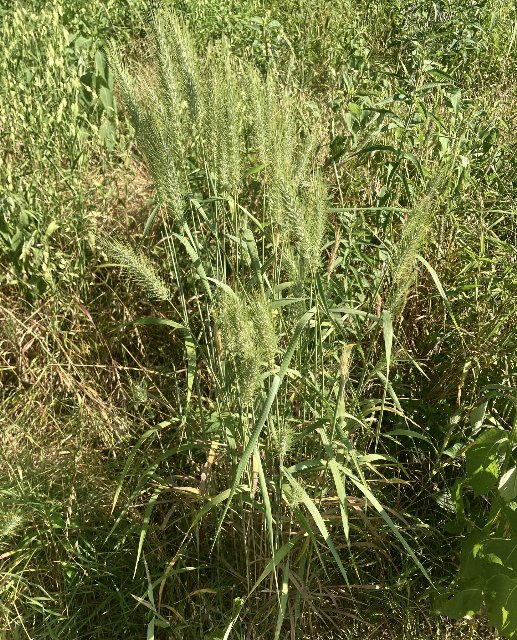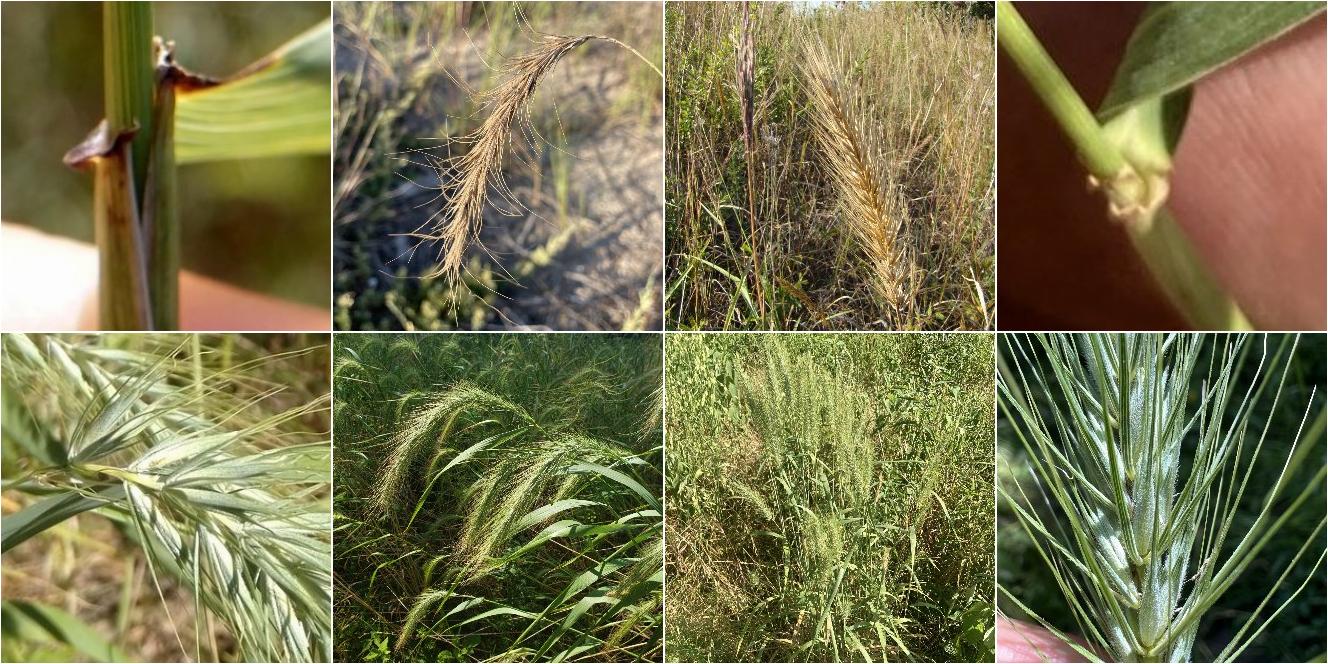Canada Wildrye (Elymus canadensis) vs. Southeastern Wildrye (Elymus glabriflorus)
Updated January 30th, 2023These two species are sometimes confused, especially in the southeastern to east-central Great Plains where their ranges most overlap. Both can occur in a range of moisture conditions and in full sun, both are often glaucous, and both have long, robust spikes with long awns. They are easily distinguished by close examination of the spikes. E. canadensis ranges much farther north and west, and is more likely on higher pH soils and on disturbed sites, whereas E. glabriflorus ranges much farther southeast and tolerates more acidic soils. Although E. canadensis is common on sandy soils farther north, where these species overlap, E. glabriflorus is more likely on sandy soils.





